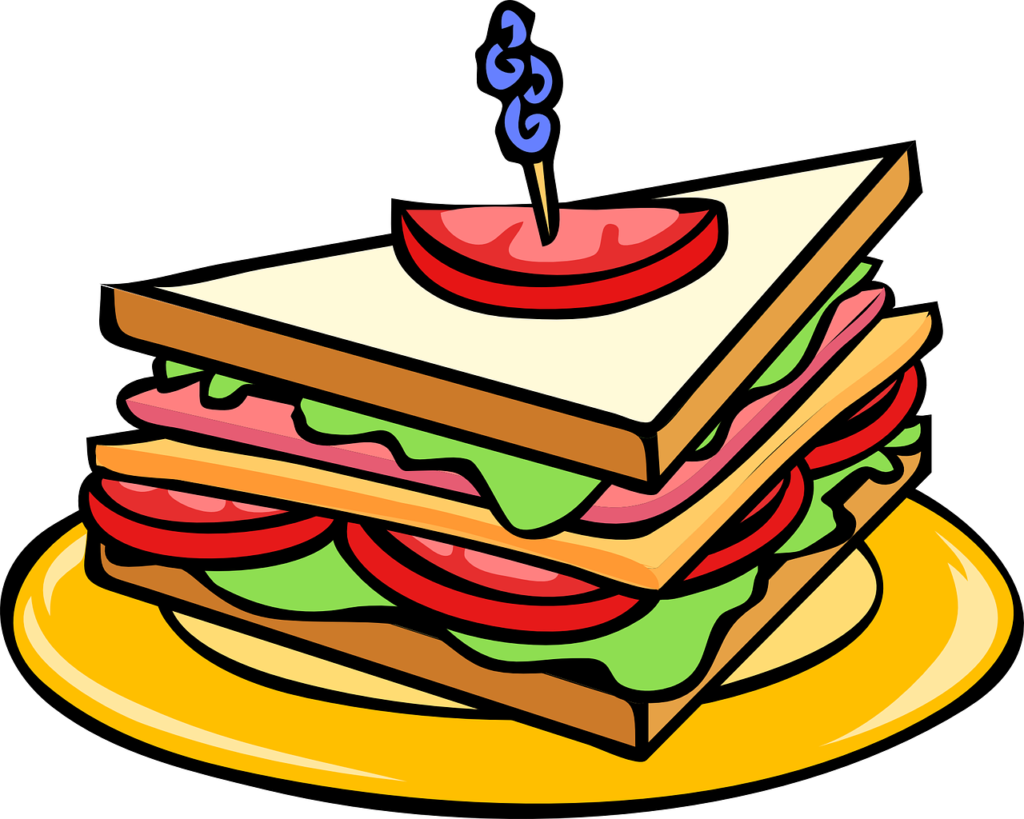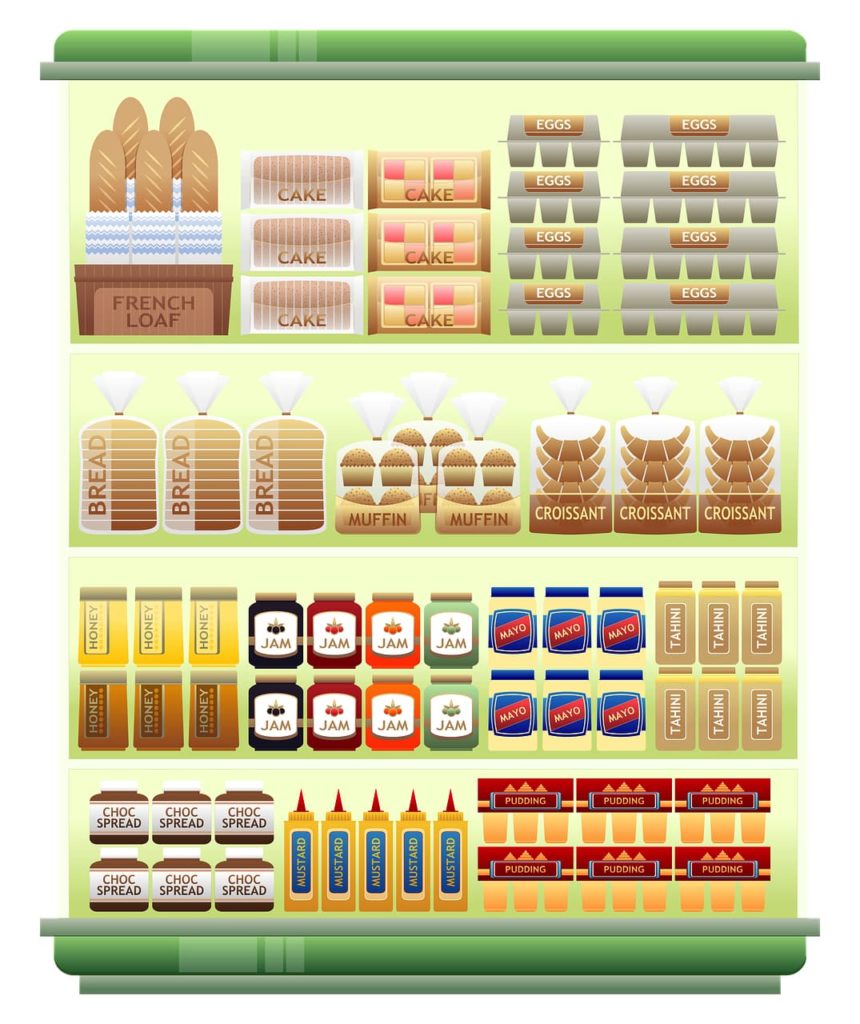
Mayonnaise Delicious Old Fashioned And Homemade

Mayonnaise And Salad Dressing
Were not created equal

Most people know that mayonnaise and salad dressing are not the same thing, but other than taste could not tell you why.
They are both very similar products, but fans of good old fashioned mayonnaise fans will tell you they do not like salad dressing, and the hardcore salad dressing fan will tell you they do not like mayonnaise. Yet they will both tell you their favorite, no matter which of the two it may be, is creamier or has more zip than the other.
If you've tried different brands, you've likely even noticed that some are indeed thicker, and some are thinner than others. That fact, however, applies to both salad dressing and mayonnaise.
So what is the real difference between them then?
Mayonnaise is the emulsification of eggs, oil vinegar and, or lemon juice. You'll want to add a little salt to bring out the flavor, and most decent recipes do call for a bit of mustard flour to help emulsify the mixture and add flavor, but that's about it. Anything beyond that becomes classified as a salad dressing.
In addition, according to the U.S. Food And Drug Administration (FDA), if the package reads "mayonnaise" on the label, it must contain at least 65% vegetable oil by volume. Anything else would be considered dressing.

Is it Miracle Whip, Mayonnaise, or is it Salad Dressing?
Miracle Whip was developed in 1933 during the Great Depression as a cheaper alternative to mayonnaise. It does contain less than 65% vegetable oil by volume. Therefore by definition, it is a dressing. Miracle Whip also uses eggs and oil, but in different proportions than traditional mayonnaise. Miracle Whip also comes with added ingredients, such as sugars and spices.
Today, Miracle Whip is just one brand out of many brands of salad dressings on the market. Many of these are now sweetened using high fructose corn syrup as well.
Honestly, I think high fructose corn syrup is in almost every product you buy in a jar or a bottle at the store. Yet, we wonder why there is an issue with obesity in America. Hmm, I don't think any rocket scientists are needed there.
Most salad dressings contain far less oil and calories than mayonnaise and may well be the go-to choice for those watching calories and fat, but they replace those oils and fats with sugar, high fructose corn syrups, and other highly refined ingredients. So is it a good trade-off? Only you can decide that for your home.
The bottom line is both mayonnaise and salad dressings are pretty much interchangeable. It just comes down to your taste preferences.
The thing to watch for when cooking with salad dressing, however, is low-calorie and low-fat versions. They may work well as a sandwich spread but may not work as well for cooking and baking.
12.7 Uses For Old Fashioned Mayonnaise
You May Have Never Thought Of

Of course, there are too many uses for mayonnaise to list, but here is a shortlist
- Want a crispy golden-brown grilled cheese sandwich? Use mayonnaise instead of butter
- Coat raw chicken before baking it for a perfect golden crispy outside
- Make fresh creamy dressings such as
- Ranch Dressing
- Creamy Cucumber
- Thousand Island Dressing
- Honey Mustard
- And so many more
- Use it in your chocolate cake recipe (You'll Be Amazed)
- Making Homemade Macaroni Salad
- Homemade Potato Salad
- Crispy Oven-Roasted Potatoes
- Use it to make Deviled Eggs
- Use it in place of butter and milk to make creamy, fluffy Homemade Mashed Potatoes (Surprisingly Delicious)
- Classic Cole Slaw
- Make your very own Cheese Spreads
- Add any seasonings you want. Chipotle, Garlic, Tobasco, The skies the limit
And Use Number 12.7
- Remember those squeaky door hinges you have been meaning to get fixed but can't find the 3-in-1? Well, a dab of mayonnaise will do the job just as well.
Can I Make Mayonnaise Myself At Home
Absolutely!
Just the price alone of a quart jar of mayonnaise may be a good motivation to do so. A quart jar of mayonnaise can range anywhere from $3 to $6 or more for the very same brand depending on where you live and shop.
It might just be me, but I can not come up with one good reason I should toss an extra three or four bucks at the same two-dollar jar of eggs, oil, and vinegar. Certainly not when you can make it at home in well under five minutes and be in control of the type of oil used and the quality of both the eggs and vinegar.
If you take the time to look, you will find many recipes online today telling you how to make mayonnaise. To be 100% honest here, and I am not trying to throw any of them under the bus, but I do not care for most of them.
Not because they do not work, they do, but most are so thin they seem to soak right into the slice of bread or degrade to an oily mess in your potato salad. All this before you even have the chance to serve your meal.
Deal Breaker!
That is why this recipe is for real, old-fashioned homemade mayonnaise and not for the watered-down versions they sell in the store these days or that you may find recipes for elsewhere on the internet.
K.I.S.S.
Keep It Simple Silly
When I look for a recipe to replace a storebought item, the resulting end product needs to benefit me in a way that the storebought version does not. Otherwise, why go through the trouble, right?

Of course, I would like my homemade items to cost less than the storebought version. Also, better taste, fewer preservatives, or healthier are considerations as well. My absolute number one reason for making something myself, though, is that if what I make turns out to be so ridiculously easy that I could not imagine paying for a pre-made version, I'm in.
Delicious Old-Fashioned Homemade Mayonnaise fits right into several of those, especially when it comes to ridiculously easy.
I know some recipes tell you to add the eggs, vinegar, and salt to a blender or food processor and then slowly drizzle the oil in while the machine is running.
Yes, that is true, and yes, it's easy, but ridiculously easy comes in when you use a submersible mixer to make your mayonnaise. I've always just called this type of mixer a quick-stick.
I'm not sure if that was once a brand name at one time or if it just came out of my head, but the term fits and if you don't own one, trust me, you want one. There are so many uses for this type of mixer. They are perfect for creamy soups, dips, sauces, and even smoothies.
(adsbygoogle = window.adsbygoogle || []).push({});To make mayonnaise this way, you first need to decide what eggs you're going to use. You can use your favorite salt for this, sea salt, pink salt, or even table salt. It's up to you. My personal preference is good old-fashioned kosher salt.
The vinegar you choose will make a difference in the overall flavor of your finished mayonnaise as well. Choose quality vinegar like apple cider or white wine vinegar, but plain white vinegar works also. You can also substitute lemon juice for the vinegar or experiment with a mixture of the two.
I would recommend using mustard flour also because it will help to emulsify and does add flavor.
Add the eggs, vinegar, oil, salt, and mustard flour to an appropriate-sized container such as a Mason Jar or a Tupperware container with a seal.
Place your quick stick down into the bottom of the container and turn it on high. Within seconds you'll see the emulsification process begin. Move the mixer around throughout the container, making sure to move the mixer from top to bottom to blend and thicken everything. In just a matter of about a minute, you should have the thickest, richest mayonnaise you've ever tasted.

How Long Will It Keep
The Question I Always Get
Most Americans have been nothing short of bamboozled by expiration dates on their food these days. Many people even think these dates are required and regulated. The truth is, other than the formula used for babies, most of these dates are merely suggestions by the manufacturer.
For definitive answers on how long the food items will keep on your pantry shelves at home, I would strongly suggest a visit to my friends at Still Tasty. They are, in my opinion, the best shelf life guide you are likely to find on the internet, and I can all but guarantee you'll discover you've been throwing a lot of cash in the trash over the years.
I assume the big concern with homemade mayonnaise is the fear of salmonella due to the use of raw eggs.
Sometimes I think concerns like this get exaggerated, and social media certainly has played a big part in that over the last several years.
In reality, as long as you follow a few simple rules, there should be no more concern about salmonella with homemade mayonnaise than with the stuff you purchase off the grocery store shelf.
- Always work with clean equipment in a clean work area (duh)
- If you are concerned about raw eggs, then always use pasteurized eggs to make mayonnaise, salad dressings, or anything else that uses raw eggs.
- You kill salmonella with heat or acid.
- Pasteurization is heat, and vinegar is acid.
- As required by the United States Department of Agriculture, all egg products sold use pasteurized eggs.
- In the case of eggs sold in the shell, these are eggs, not egg products, and, therefore, may or may not be pasteurized.
- If they are pasteurized eggs, they will say so on the label.
- You can use farm-fresh eggs or store-bought. If you're concerned about raw eggs that are not pasteurized then you can pasteurize them yourself.
- If you choose not to pasteurize them, that is your choice.
- Personally, I have never concerned myself with this. I simply make certain to use quality eggs and have never had a problem.
- If you're going to pasteurize them then you need to bring the temperature of the yolk to around 138ºF. There are several ways to do this, and if you are going to be pasteurizing them often, I would strongly suggest using a Sous Vide. Owning one of these makes the job very simple to do.
- To pasteurize a few eggs at a time, you need to place the eggs into a pan of cold water and bring the temperature up to 140ºF. Hold the eggs at that temperature for 3 minutes without letting the water get above 142ºF during the process. Using a digital thermometer is a great help when it comes to this.
- After 3 minutes, place the eggs into cold water to stop the pasteurization process.
- Once fully pasteurized, you can use these eggs just as you would any raw egg you purchased from the store.
- The last but most important rule!
- Whether you bought it at the store or made it yourself when in doubt, throw it out! It doesn't need to be any more complicated than that.
So, Where Are We At On This One Sparky?
- With the right equipment, you can make delicious old-fashioned homemade mayonnaise in less time than it takes to make a fresh pot of coffee
- It can cost you as little as just over a dollar to make about a quart jar
- Healthier may be a bit of a relative term when it comes to something made almost entirely out of oil, but when you make it yourself, you are in complete control of the type of oil, the quality of the eggs, and the type of vinegar used to make your mayonnaise
- There are thousands of recipes that use mayonnaise as an ingredient. So when it comes to freshness and flavor, making it yourself is a real plus
- Homemade always tastes better
- As for homemade lasting longer than storebought, unless you added them yourself, there are no unpronounceable preservatives in your mayonnaise, but it should still keep in the refrigerator for several weeks
Homemade mayonnaise is quick, and simple and in our opinion, simply a cut above the rest
- 2 ¾ cup vegetable oil (or any combination of olive oil, avacado etc.)
- 2 Large eggs
- ¼ cup vinegar (Apple cider, white wine or distilled)
- 2 tsp salt
- 2 tsp dry mustard
- Combine
Add all ingredients to a clean quart size mason jar or equivalent container
- Blend
Using an emersion blender, blend until smooth and thick (about a minute)
Servings 60
- Amount Per Serving
- Calories 89kcal
- % Daily Value *
- Total Fat 10g16%
- Saturated Fat 8g40%
- Sodium 80mg4%
- Potassium 2mg1%
- Total Carbohydrate 1g1%
- Dietary Fiber 1g4%
- Sugars 1g
- Protein 1g2%
- Vitamin A 9 IU
- Calcium 1 mg
- Iron 1 mg
* Percent Daily Values are based on a 2,000 calorie diet. Your daily value may be higher or lower depending on your calorie needs.
I’ve been making my own mayonnaise for years.
It’s so quick, simple, and inexpensive that I just can’t for the life of me bring myself to buy it at the store. Not to mention, when I’m at other homes and I use their storebought mayonnaise, I’m always shocked to see how thin and runny their mayo is compared to my own.
Keep Refrigerated just like any other mayonnaise you purchase and it should keep for weeks.

